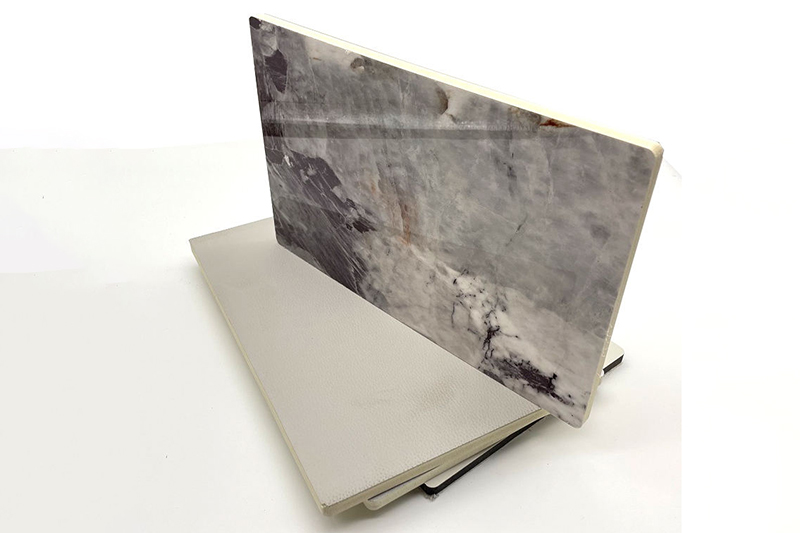Carbon crystal plates have emerged as a versatile and innovative material in the realm of interior design, exterior decor, and advertising. Their unique properties and applications have made them a compelling choice for many projects. However, one of the most significant advantages of carbon crystal plates is their cost-effectiveness when compared to traditional materials.

Cost Comparison: Carbon Crystal Plates vs. Traditional Materials
1. Initial Costs:
Carbon Crystal Plates: While the initial cost of carbon crystal plates may be slightly higher than traditional materials like wood or acrylic, the long-term benefits often outweigh this upfront investment.
Traditional Materials: Materials such as wood, metal, and acrylic require additional treatments, such as painting, staining, or coating, to achieve a desired finish, increasing the overall cost.
2. Installation Costs:
Carbon Crystal Plates: Carbon crystal plates are relatively easy to install, often requiring fewer tools and less labor compared to traditional materials. This can significantly reduce installation costs.
Traditional Materials: Materials like wood or stone may require specialized tools and skilled labor for installation, leading to higher labor costs.
3. Maintenance Costs:
Carbon Crystal Plates: Carbon crystal plates are highly resistant to scratches, stains, and moisture, requiring minimal maintenance. They are also resistant to UV rays, preventing fading or discoloration over time.
Traditional Materials: Traditional materials often require regular maintenance, such as repainting, refinishing, or sealing, to maintain their appearance and protect them from damage.
4. Replacement Costs:
Carbon Crystal Plates: Due to their durability and longevity, carbon crystal plates have a longer lifespan compared to traditional materials, reducing the need for frequent replacements.
Traditional Materials: Traditional materials, especially those exposed to harsh weather conditions or heavy use, may need to be replaced more frequently, leading to higher replacement costs over time.
Factors Contributing to Cost-Effectiveness
Energy Efficiency: Carbon crystal plates can be used for heating applications, providing energy-efficient solutions for homes and businesses. This can lead to significant savings on energy bills over time.
Versatility: Carbon crystal plates can be customized to meet a wide range of design requirements, eliminating the need for multiple materials or finishes.
Durability: The durability of carbon crystal plates reduces the need for frequent repairs or replacements, resulting in long-term cost savings.
Environmental Impact: Carbon crystal plates are often produced using sustainable materials and processes, reducing their environmental impact and contributing to lower long-term costs.
While the initial cost of carbon crystal plates may be slightly higher than traditional materials, their long-term benefits make them a highly cost-effective choice. Factors such as reduced maintenance costs, increased durability, energy efficiency, and versatility contribute to their overall cost-effectiveness. As technology continues to advance, the cost of producing carbon crystal plates is expected to decrease further, making them an even more attractive option for various applications.
In conclusion, carbon crystal plates offer a compelling combination of aesthetics, functionality, and cost-effectiveness, making them a valuable asset for any project. By carefully considering the long-term benefits, including reduced maintenance costs and increased durability, it becomes clear thatcarbon crystal plates represent a wise investment for both residential and commercial applications.
